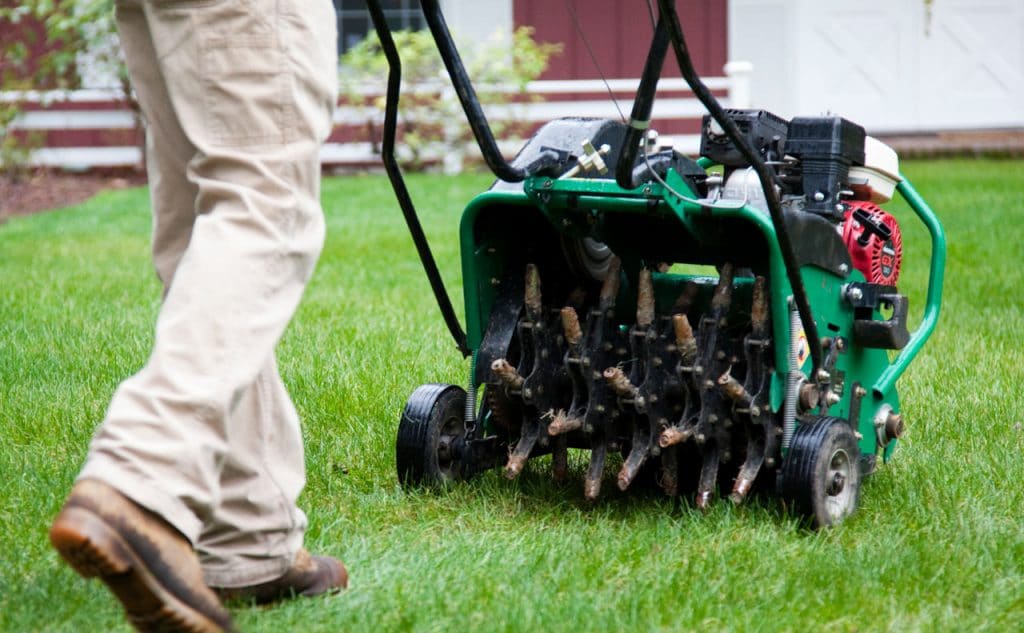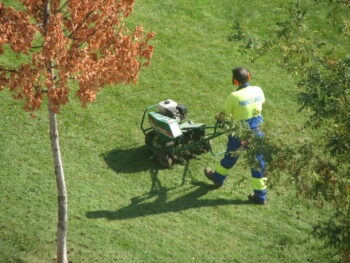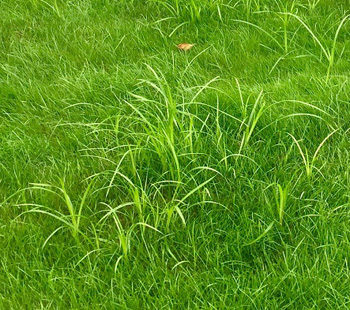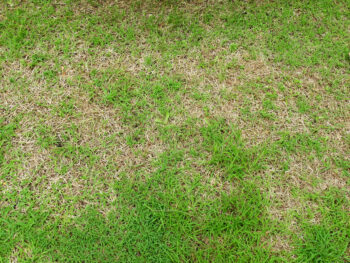As the vibrant colors of summer fade away, the arrival of fall brings a new set of challenges and opportunities for lawn care enthusiasts. Lawn aeration is an essential practice that often goes overlooked but plays a crucial role in maintaining a dense lawn.
Fall is the perfect time to aerate your lawn and provide it with the rejuvenation it needs to thrive. In this article, we will explore the benefits of lawn aeration in fall and provide you with a step-by-step guide so your lawn receives the tender care it deserves.
Why is Aeration Important?
Aeration involves perforating the soil with small holes to allow air, water, and nutrients to penetrate deep into the grass roots. Over time, soil compaction, heavy foot traffic, and natural thatch buildup hinder proper airflow and restrict essential resources from reaching the roots.
Additionally, by aerating your lawn, you create pathways for these vital elements to nourish the soil and promote robust grass growth.
When to Aerate Your Lawn
Fall and spring are the ideal seasons for lawn aeration. Aerating in fall is important for warm-season grasses such as Bermuda, Zoysia, and St. Augustine.
The soil is still warm from the summer months, providing an optimal environment for seed germination. Additionally, cooler temperatures and increased moisture in fall create favorable conditions for grass to recover from aeration.
Step-by-Step Guide to Aerate Your Lawn
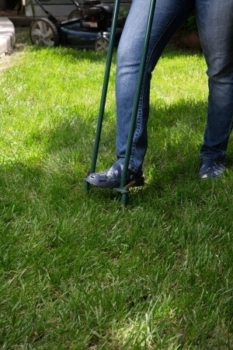
Assess Your Lawn: Before aerating, carefully inspect your lawn for areas that show signs of compaction, such as heavy foot traffic, dry patches, or thinning grass. These are the areas that will benefit most from aeration.
Prepare the Lawn: To achieve accurate results, thoroughly water your lawn a day or two before aeration. Moist soil allows the aerator to penetrate effortlessly. Mark any underground utility lines and sprinkler heads to avoid damaging them during the process.
Choose the Right Aerator: There are two types of aerators to choose from: spike aerators and core aerators. Spike aerators poke holes in the ground, while core aerators remove small plugs of soil.
Core aerators are generally recommended for their superior results because the holes ensure better airflow and promote healthy root systems. Check out our lawn aeration service page and get on our schedule.
Aerate the Lawn: Walk slowly and systematically across your lawn, using the aerator to create holes or remove plugs at regular intervals. Overlapping the passes by half is essential to ensure proper aeration coverage.
Post-Aeration Care: Once you have completed the aeration process, consider sod installation to cover bare spots and to promote new growth in these recently aerated areas. Use a high-quality sod that is compatible with your grass type, following the manufacturer’s guidelines.
Maintenance and Aftercare: After aeration, continue with your usual lawn care routine. Read this pdf published by Texas A&M University to learn, “Simple Steps to Lawn Care.”
Water the lawn deeply but infrequently to encourage deeper root growth. Regularly mow your lawn, being mindful not to remove more than one-third of the grass blade at a time. Proper watering, lawn fertilization, and weed control practices contribute to the overall health and vitality of your lawn following aeration.
Contact us today. We will help get your lawn ready for cooler temperatures with our lawn fertilization services.
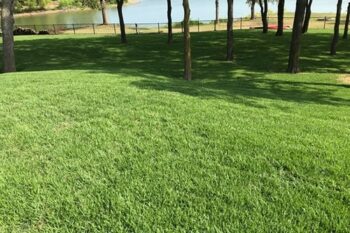
The Rewards of Lawn Aeration in Fall
By aerating your lawn in the fall, you allow essential nutrients, oxygen, and water to reach the grassroots, benefiting the overall health of your lawn.
Improved soil structure, enhanced root development, and increased resilience to environmental stressors are just a few of the rewards.
Aeration also helps reduce thatch buildup, mitigates lawn diseases, and discourages weed growth, leading to a lush and beautiful lawn.
Wrapping Up
While aeration may be a DIY project for some, it is often beneficial to seek professional assistance, particularly for larger lawns or if you lack the necessary equipment. Lawn care specialists like Ryno Lawn Care have the expertise and tools to make sure your lawn receives optimal aeration, allowing you to sit back, relax, and enjoy a healthy and flourishing lawn.
Embrace the beauty of fall and take the necessary steps to keep your lawn at its best. Plan your aeration process this fall, and witness the transformation of your lawn into a lush, green oasis come springtime!

